
Copernical Team
Millions of galaxies emerge in new simulated images from NASA's Nancy Grace Roman Space Telescope
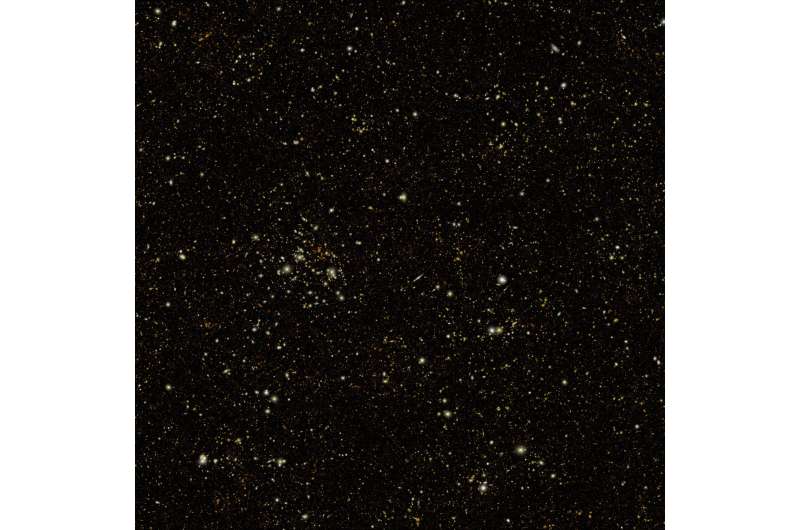
Lunar telescope project aims to search for ancient radio waves
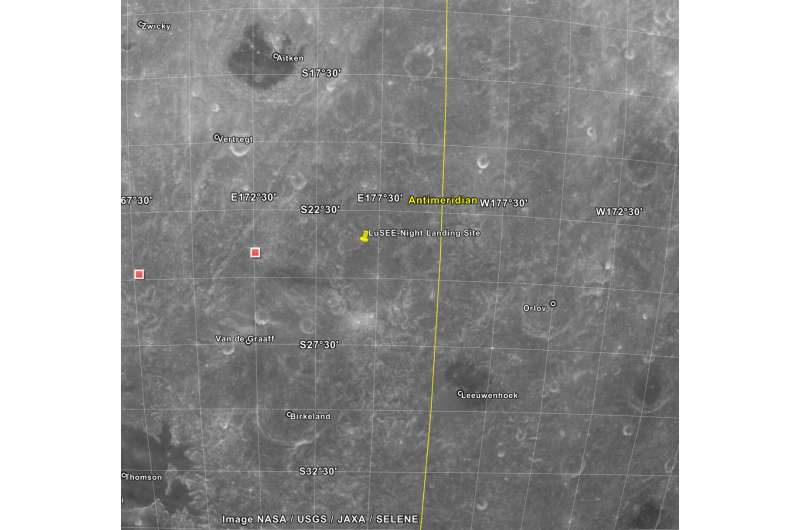
Scientists at the U.S. Department of Energy's (DOE) Brookhaven National Laboratory are leading a new effort to land a radio telescope on the moon. If successful, the project will mark the first step towards exploring the Dark Ages of the universe.
The Dark Ages are an early era of cosmological history starting about 380,000 years after the Big Bang. There were no stars or planets in the Dark Ages. It's a point in time that scientists have never been able to observe.
NASA gathering tools that can assess damage, verify parts made in space
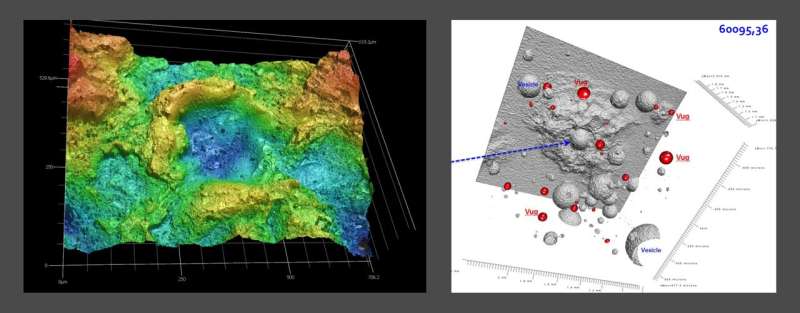
An ensemble of microscopes, medical-style equipment, and other 3D scanners is providing insights that could help human and robotic explorers survive the harsh environments of deep space, the moon, Mars and beyond.
NASA's IBEX spacecraft resumes science operations
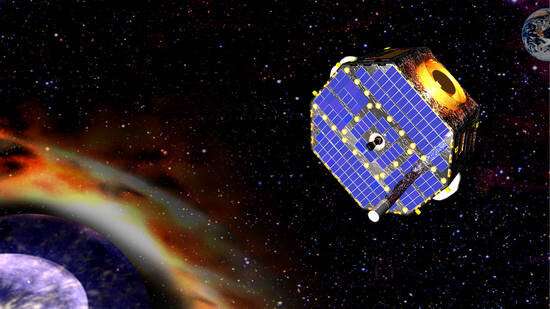
NASA's Interstellar Boundary Explorer (IBEX) is fully operational after the mission team successfully reset the spacecraft on March 2.
To take the spacecraft out of a contingency mode it entered last month, the mission team performed a firecode reset (which is an external reset of the spacecraft) instead of waiting for the spacecraft to perform an autonomous reset and power cycle on March 4. The decision took advantage of a favorable communications environment around IBEX's perigee—the point in the spacecraft's orbit where it is closest to Earth.
After the firecode reset, command capability was restored. IBEX telemetry shows that the spacecraft is fully operational and functioning normally.
Launched on Oct. 19, 2008, IBEX is a small explorer NASA mission tasked with mapping the boundary where winds from the sun interact with winds from other stars. IBEX, the size of a bus tire, uses instruments that look toward the interstellar boundary from a nine-day orbit around Earth.
Navigation Lab exploring Galileo’s future – and beyond
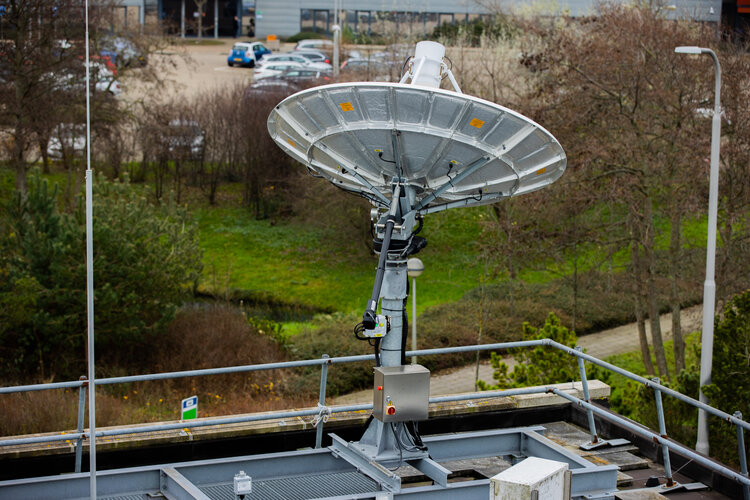
Would you like to know the future of satellite navigation? Try ESA’s Navigation Laboratory. This is a site where navigation engineers test prototypes of tomorrow's user receivers, using simulated versions of the navigation signals planned for the coming decade, such as set to be transmitted from Galileo’s Second Generation satellites.
Italian airline signs up for space-enabled flights

Passengers flying on Italy’s national carrier ITA Airways will experience fewer flight delays and greener travel thanks to pilots being able to use satellites to route their planes.
The Roman Space Telescope will rewind the Universe
 A new simulation shows how NASA's Nancy Grace Roman Space Telescope will turn back the cosmic clock, unveiling the evolving universe in ways that have never been possible before when it launches by May 2027. With its ability to rapidly image enormous swaths of space, Roman will help us understand how the universe transformed from a primordial sea of charged particles to the intricate network of
A new simulation shows how NASA's Nancy Grace Roman Space Telescope will turn back the cosmic clock, unveiling the evolving universe in ways that have never been possible before when it launches by May 2027. With its ability to rapidly image enormous swaths of space, Roman will help us understand how the universe transformed from a primordial sea of charged particles to the intricate network of Yahsat and MBRSC partner on remote sensing and earth observation
 Al Yah Satellite Communications Company PJSC has signed a Memorandum of Understanding (MoU) with the Mohammed Bin Rashid Space Centre ("MBRSC") to collaborate on the commercialization of remote sensing data and earth observation images for Yahsat's commercial and government customers, as well as the potential to collaborate in R and D and in-country manufacturing.
Under the partnership, MB
Al Yah Satellite Communications Company PJSC has signed a Memorandum of Understanding (MoU) with the Mohammed Bin Rashid Space Centre ("MBRSC") to collaborate on the commercialization of remote sensing data and earth observation images for Yahsat's commercial and government customers, as well as the potential to collaborate in R and D and in-country manufacturing.
Under the partnership, MB SAM Wants More Sample: Sol 3762
 This morning's plan started a bit uncertain as we waited for the SAM team to decide whether to proceed with further analysis of the Tapo Caparo drill sample. Just in case they decided against it, last Friday's team put together two options for our plan today - the second option requiring Rover Planner, MAHLI, and APXS activities to help wrap up this drill campaign.
We started planning toda
This morning's plan started a bit uncertain as we waited for the SAM team to decide whether to proceed with further analysis of the Tapo Caparo drill sample. Just in case they decided against it, last Friday's team put together two options for our plan today - the second option requiring Rover Planner, MAHLI, and APXS activities to help wrap up this drill campaign.
We started planning toda Japan's new H3 rocket fails during maiden flight
 The second attempt to launch Japan's next-generation H3 rocket failed on Tuesday as its second-stage engine did not ignite, forcing officials to command that it self-destruct.
Liftoff of the Asian nation's new flagship launch vehicle occurred as scheduled at 10:37 a.m., Japanese standard time, from the Tanegashima Space Center, located on the island of Tanegashima, south of Kyushu.
But mi
The second attempt to launch Japan's next-generation H3 rocket failed on Tuesday as its second-stage engine did not ignite, forcing officials to command that it self-destruct.
Liftoff of the Asian nation's new flagship launch vehicle occurred as scheduled at 10:37 a.m., Japanese standard time, from the Tanegashima Space Center, located on the island of Tanegashima, south of Kyushu.
But mi 
